Camp Like Pro
1. Invest in a decent cool box
The average cool box will keep food cool for just a few hours (8 hours if you’re lucky) so if you’re going camping for more than a day or two, you’ll want to invest in a decent passive cooler, some of which will keep ice for 5 days without the need for any power.
2. Don’t forget cooking utensils
It’s easy to forget things like wooden spoons, spatulas, scissors, bottle/can opener, serving spoon and tongs, so pack a kitchen utensils box to take with you and it can also help to plan your meals in advance (see point.7 below).
3. Take food bags, foil & plastic storage containers
If you are planning on cooking proper food from scratch, you’ll be taking fresh ingredients with you and you might not use all of them in one go. Make sure you have things like food bags and plastic storage containers so you can store open packets and half-used ingredients.
4. Take extra fuel for cooking
Whether you plan to cook on an open campfire or on a gas camp stove, make sure you take extra fuel. The most common type of camp stove for family campers uses butane gas canisters, so make sure you have ample – you might get through more than you think and not every campsite has a camp shop.
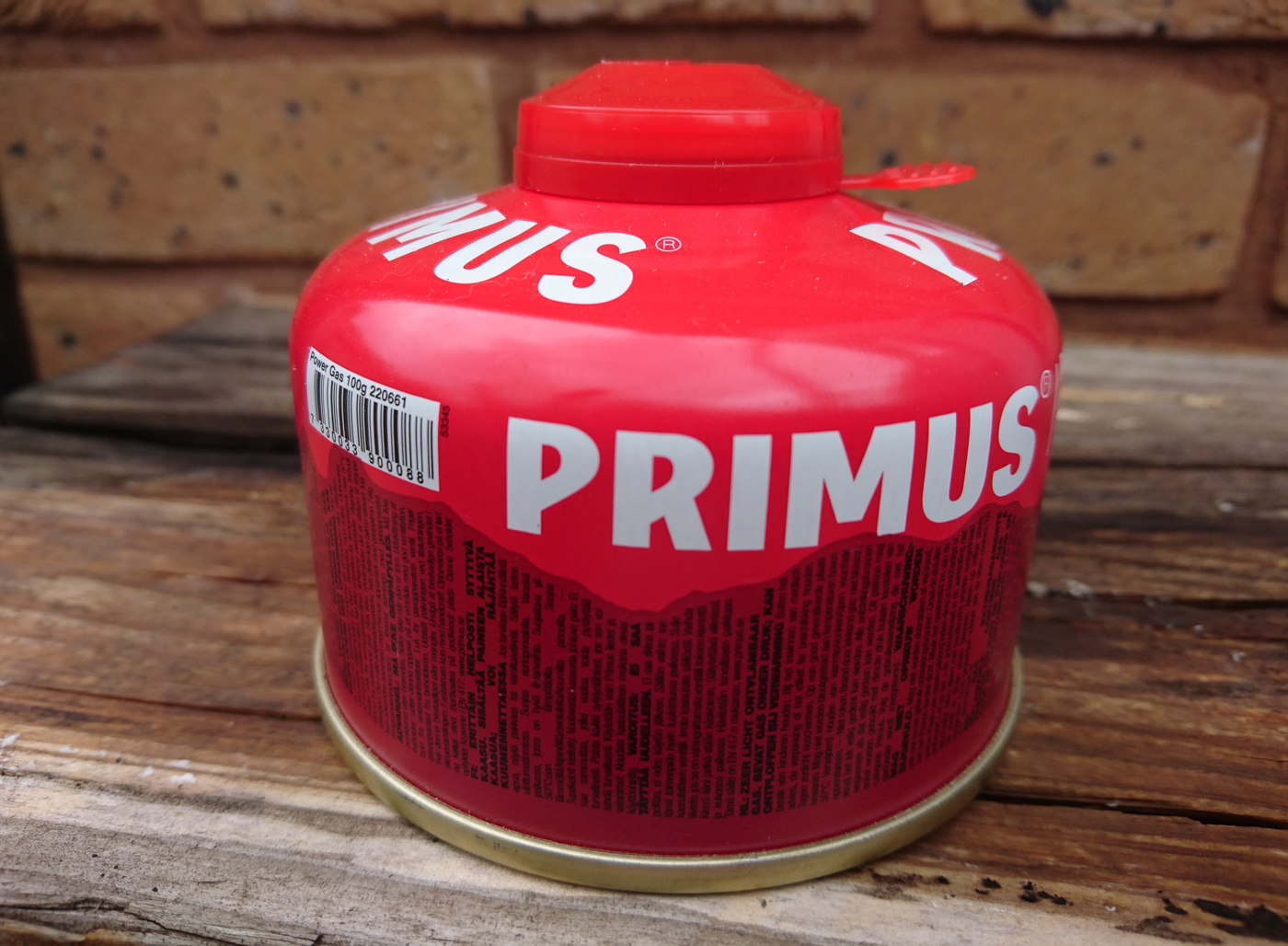
5. Freeze food and drink before putting it in the cool box
To extend the life of your cool box, freeze as much as you can before you pack it, and if you can’t freeze an item, at least make sure it is chilled, rather than at room temperature before you place it in the cooler. Remember too that the fuller your cool box is, the more effectively it will keep the contents cool.
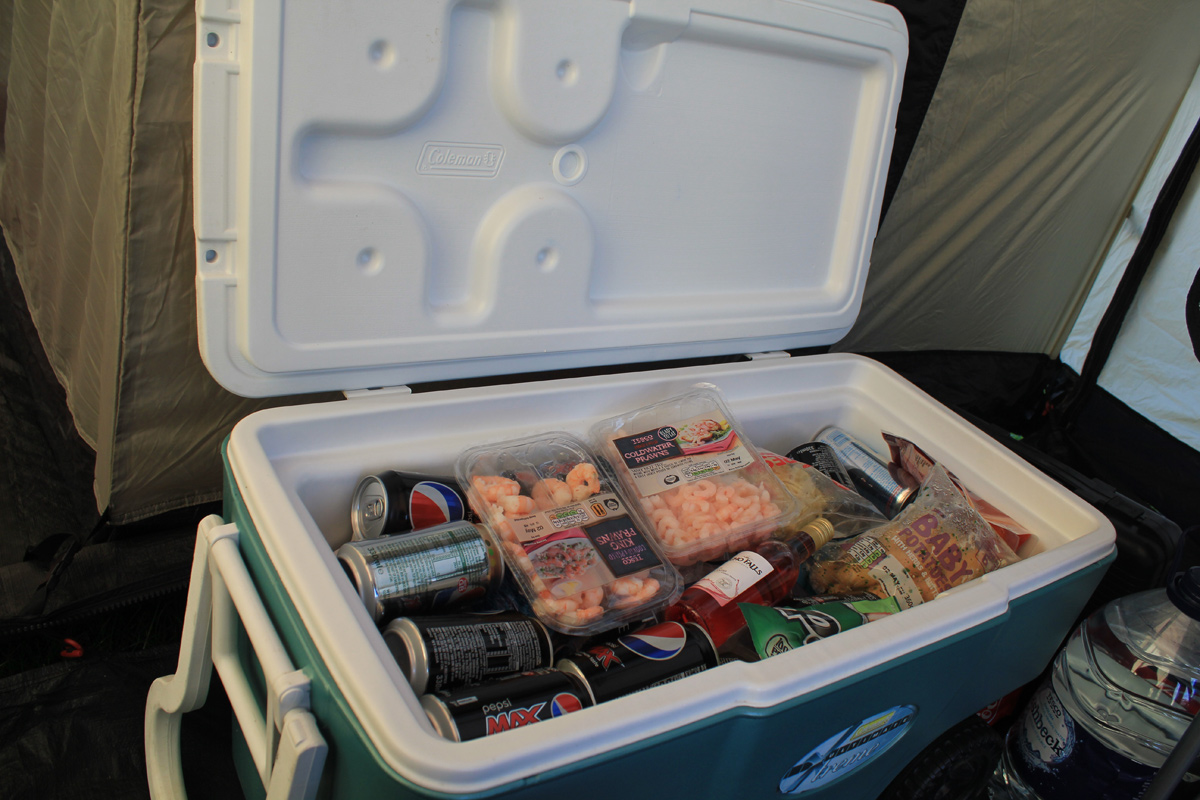
6. Take something to light fires with
If you are staying at a campsite that allows barbecues or campfires, make sure you take something to light the fire with, matches and a lighter are always handy to keep packed inside a camping essentials box. Find some great tips on making a fire.
7. Plan meals in advance
Don’t leave your meals to chance, especially if you are on a family camping trip. Planning meals for each day means you’ll know exactly what groceries you need to take with you and it will also dictate what cooking equipment you’ll need to take, for example a wok, drainer, fish slice etc.
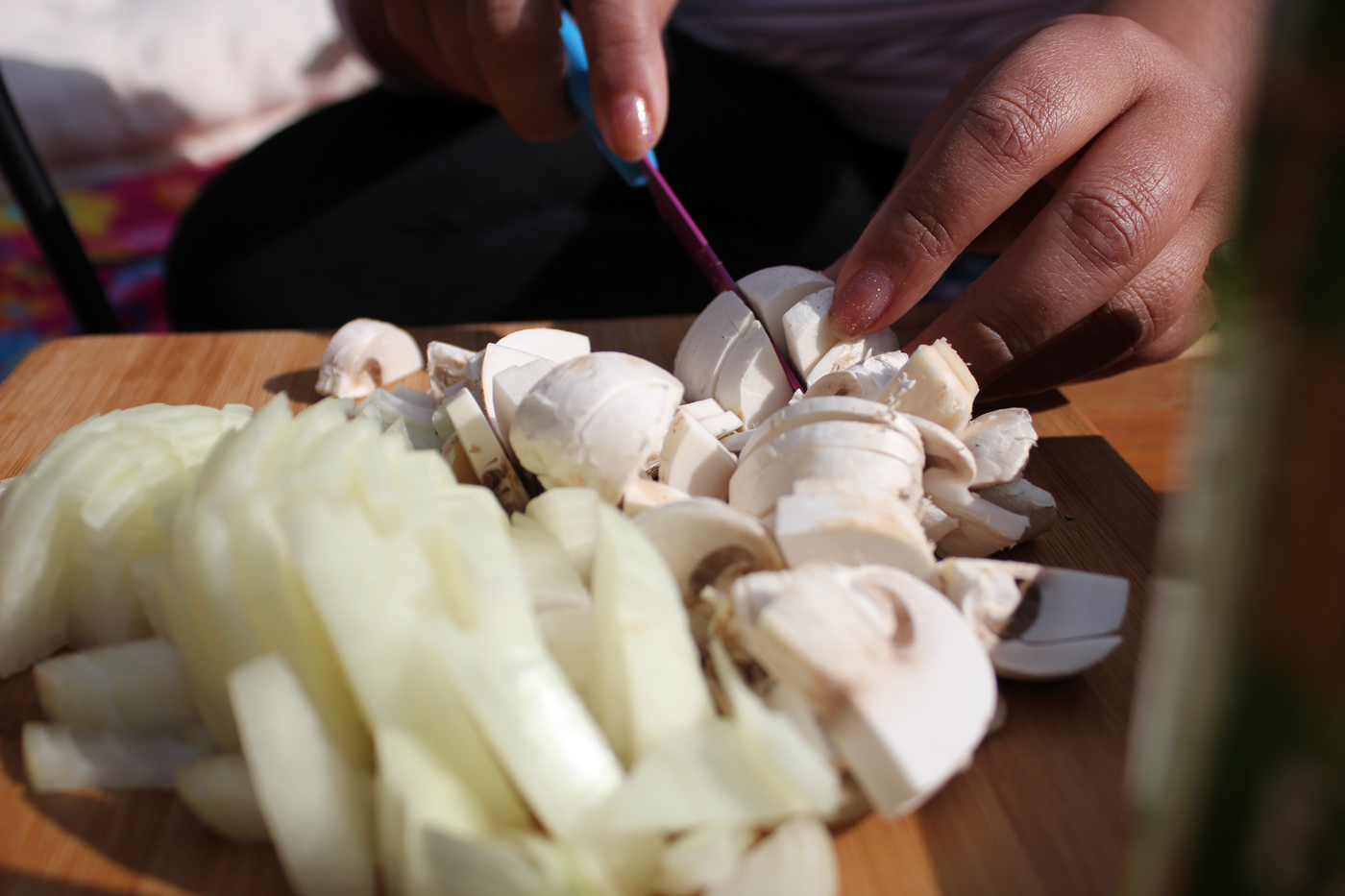
Prepping food at home makes cooking at the campsite much easier. Doing things like chopping onions and preparing vegetables is much easier at home in the comfort of your kitchen so get a head start at home, then you can store your prepped ingredients in food bags or storage boxes to make cooking at the campsite a doddle.
9. Take plenty of snacks
As well as planning your meals in advance, also make sure you take plenty of snacks, crisps, nuts, and fruit are ideal if you or the kids get an attack of the munchies and you’re camped far away from the nearest shop.
10. Use spray oil for cooking
When it comes to campsite cooking, a small bottle of spray oil is much more convenient for cooking than taking a huge bottle from home or decanting it into something smaller.
11. Take a water carrier
A collapsible water carrier that also easily dispenses water is a camping must-have. There are loads of different designs available, some that are easier to use than others! Go for a water carrier that folds flat to save on space, but remains relatively rigid in use (even when it’s not full) as this makes actually dispensing water much easier. We recommend the Outwell Collaps Water Carrier.
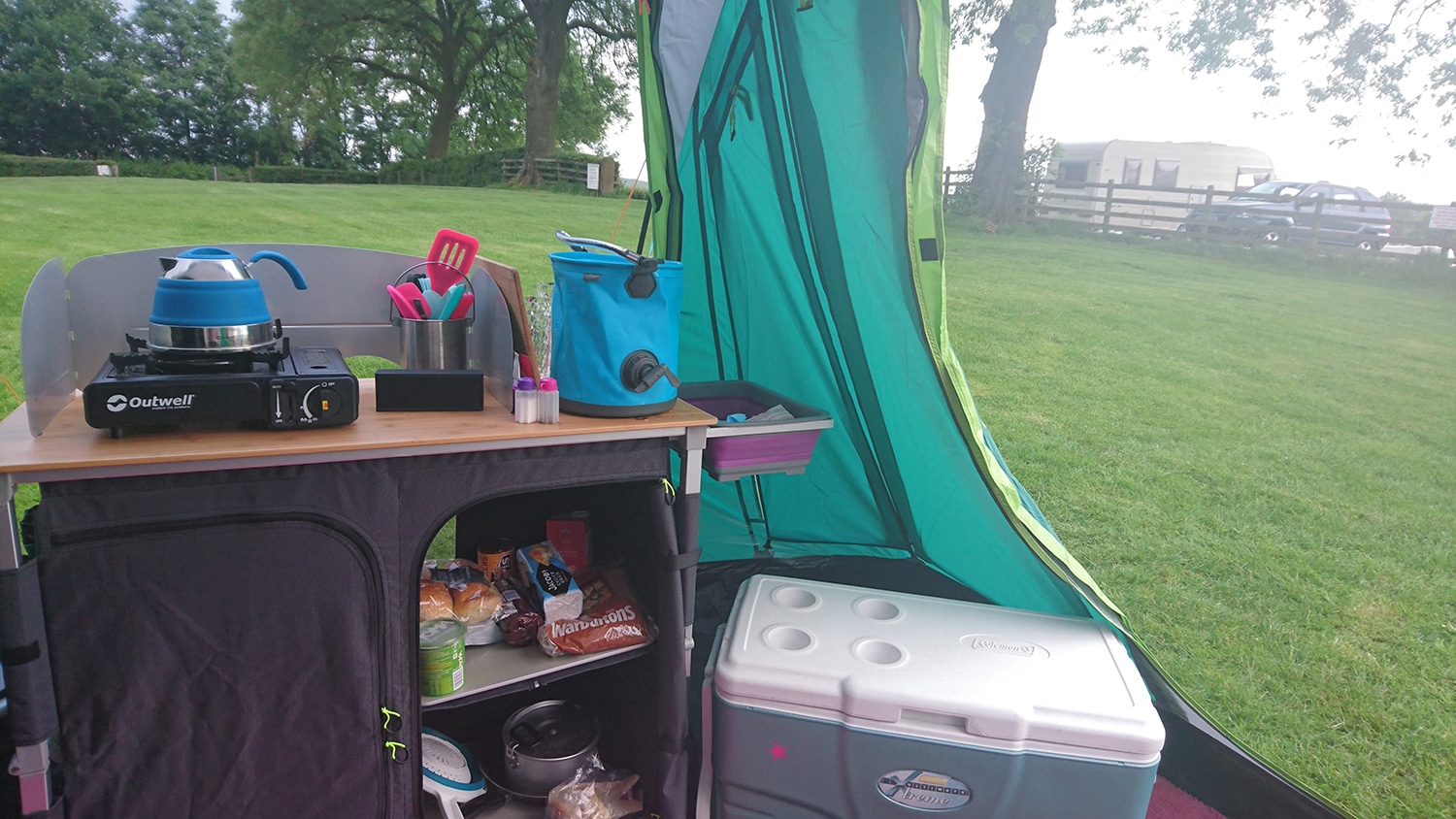
12. Pack a kitchen essentials box
If you’re planning on cooking whilst you are way, you’ll need to make sure you’ve got the equipment and tools to allow you to do it. A stove, kettle, pans, cutlery, plates, bowls and mugs are essential, but also think about where you’re going to cook. Do you really want to be knelt on the floor outside the tent cooking a meal for 4 on a Trangia?
13. Don’t rely on just a barbecue or open fire for cooking
It’s all well and good planning to cook and dine Al fresco on a camping trip, but the reality is that weather conditions won’t always be on your side. If you’ve only got a barbecue or are relying on a campfire, if it rains your plans will be scuppered. Make sure you have an alternative method of cooking food, a simple camp stove is a great investment.
14. If you are cooking on an open fire, rig up a tarp
Cooking on an open campfire is a simple joy, but if the weather is bad you’ll need to ensure the fire is protected. Rigging a tarp a safe distance above your campfire is a great way of protecting it from inclement weather, ensuring you’ll still be able to cook even if it’s pouring with rain.
15. Collect miniature condiment sachets
I’m not suggesting you walk into your nearest fast food joint and take up a vast armful of them before striding out, but the odd salt sachet here and there won’t go amiss and they are ideal for camping if you don’t want to take actual bottles of tomato ketchup and so on. Bear in mind though that ketchup, olive oil and all sorts of things do come in handy miniature sizes, making them ideal for taking camping.
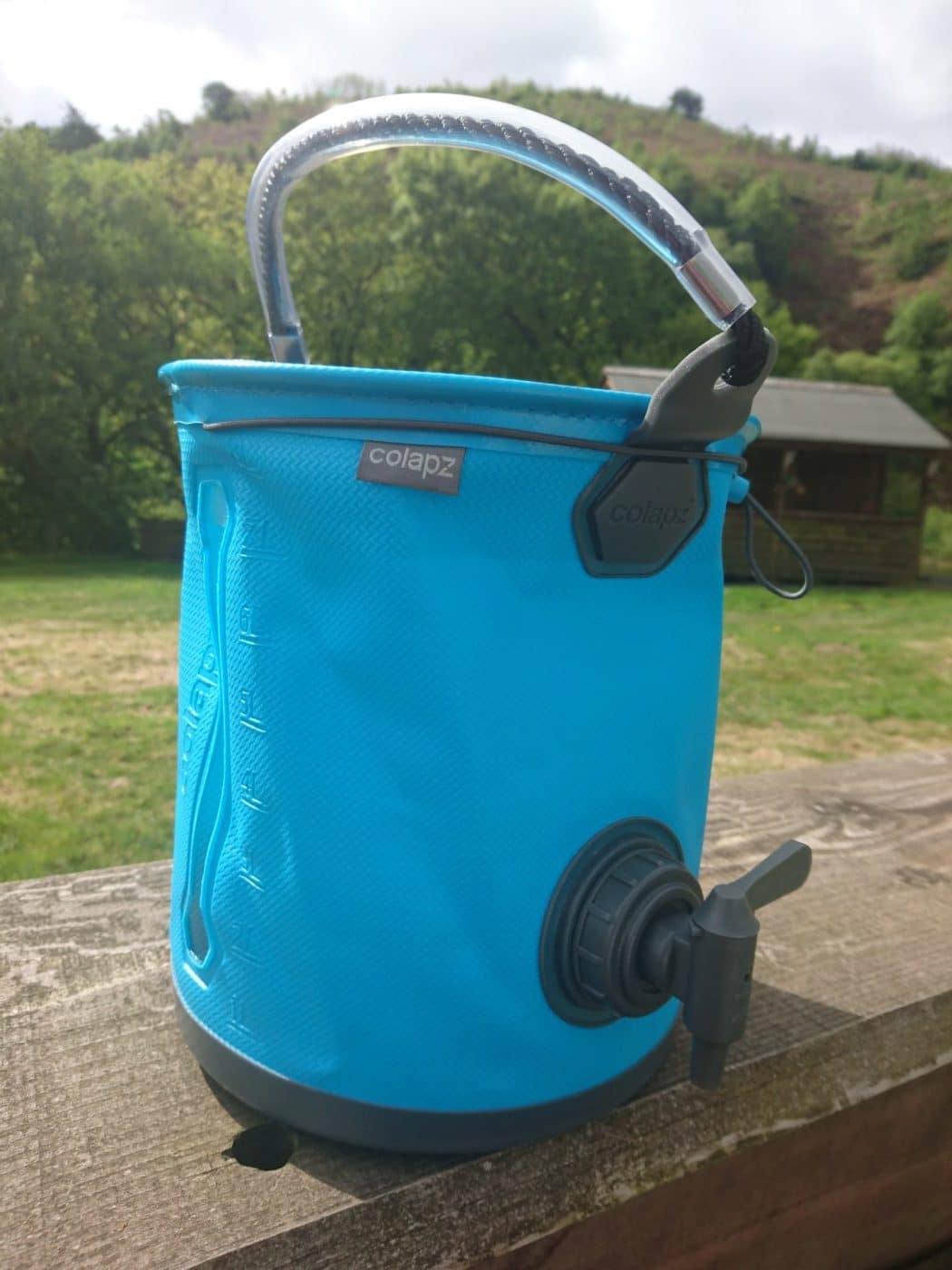
Sleeping Tips
16. Invest in a decent sleeping bag
Camping at night is often much colder than you think it’s going to be, so make sure you invest in a decent sleeping bag that’s up to the job. If you’re camping in summer, nights can still be chilly, so we recommend a decent 3 season sleeping bag.
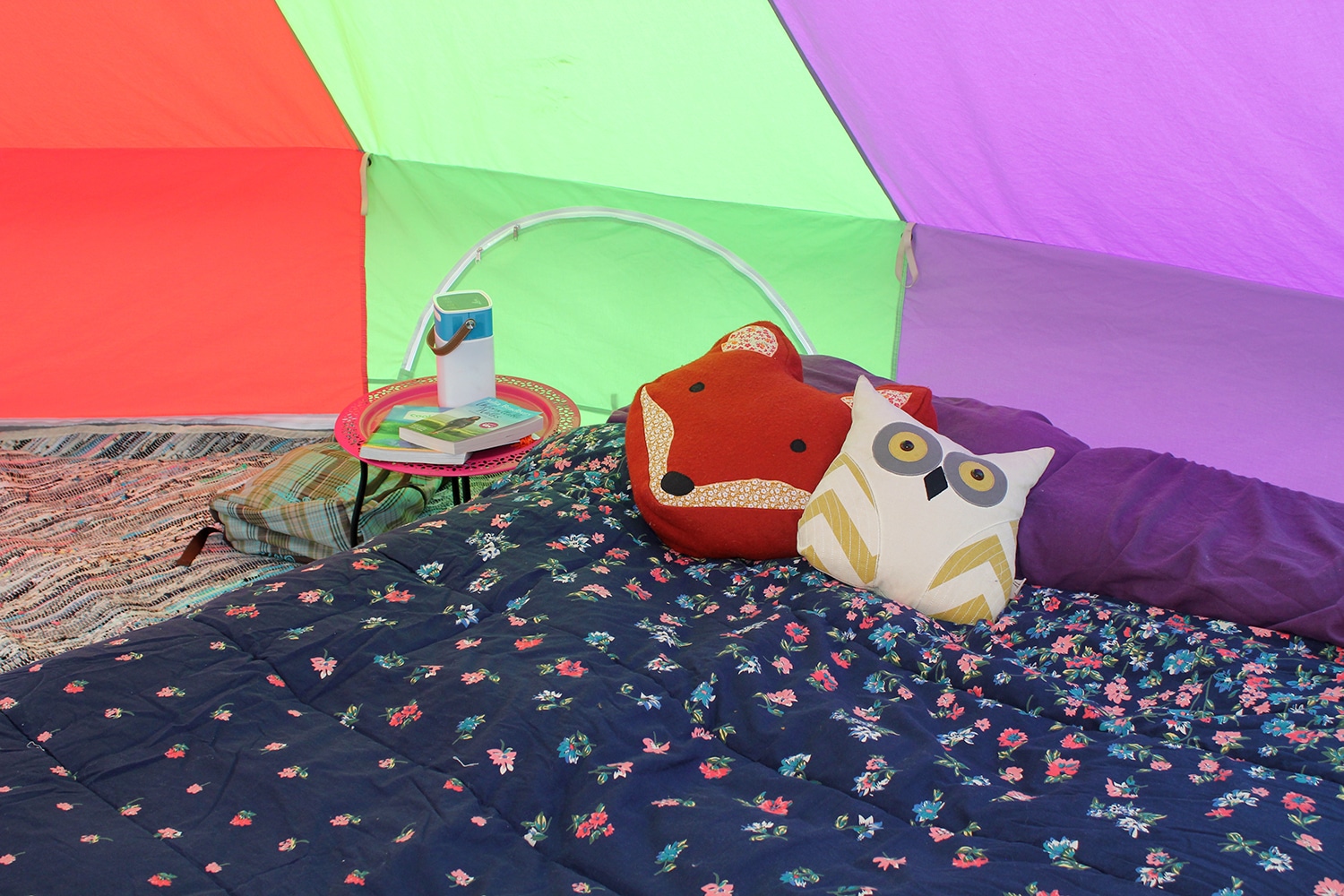
17. Take extra blankets
Being cold when camping is no fun, especially at night in bed, so make sure you take some extra blankets along to keep you warm at night.
18. Take a hot water bottle
If you are camping in early spring, late autumn or winter, a hot water bottle bottle is a great way to keep warm in bed. Even the best quality sleeping bag will benefit from the extra heat generated by a hot water bottle, helping you sleep like a baby instead of shivering all night!

19. Don’t sleep directly on the floor
A lot of cold comes through from the ground, so if you sleep directly on the floor, you’ll be much colder than if you sleep on an insulating surface. A nice thick SIM (5cm or more) which includes foam padding will provide great insulation, as will a camp bed that keeps you off the cold floor or failing that use an inexpensive insulated foam pad.
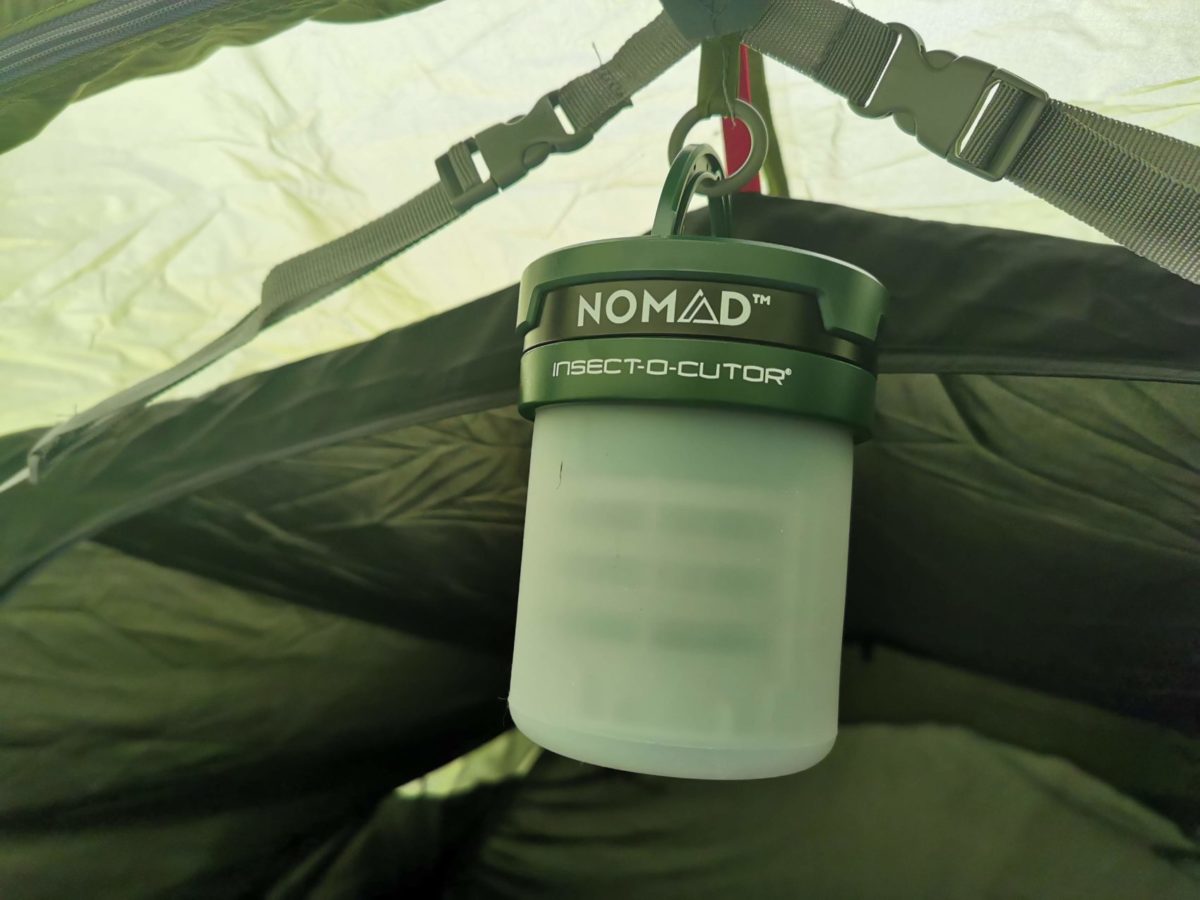
20. Take a lantern rather than relying on a hand held torch
Whilst torches have their place, if you want to read in bed for example, a lantern will provide a more practical light source that you won’t have to hold to direct light where you want it. Alternatively a head torch allows for night time reading and is a great all-round solution.
21. Pack a torch for night time loo visits
A hand held or head torch is a must for middle-of-the-night visits to the toilet as are shoes that can easily be slipped on and off (that still doesn’t make Crocs acceptable though…!)
22. Consider investing in a camp loo
If you visit the loo several times during the night or have small kids that do, investing in a camp loo can help ensure you don’t spend your nights bleary eyed, trudging back and forth from the toilet block. We recommend the Thetford Porta Potti 165 Qube. If you’ve got a large multi-room family tent, then you can pop the camp loo discretely in it’s own compartment, alternatively invest in a simple popup toilet tent to place beside your tent to save to having to traipse too far at night. Always make sure you dispose of waste at the campsites designated chemical disposal site.
23. Put an extra blanket under your air bed
Outside of the summer months air beds, especially the fancy looking double height ones can be cold to sleep on as essentially you’re sleeping on a huge block of cold air. Pop a blanket or even a picnic rug under your air bed to give you some much needed insulation. Check out our Complete Guide To Camping Beds & Sleeping In Comfort Under Canvas.
24. Use battery or solar powered fairy lights for gentle diffused light inside the tent
Fairy lights used inside the tent produce a lovely gentle glow and not only do they look pretty, but they are lovely to read by and are much more soothing than camping lanterns that tend to provide quite harsh directional light that isn’t conducive to catching those all important Z’s.
Pitching & Packing Down Your Tent
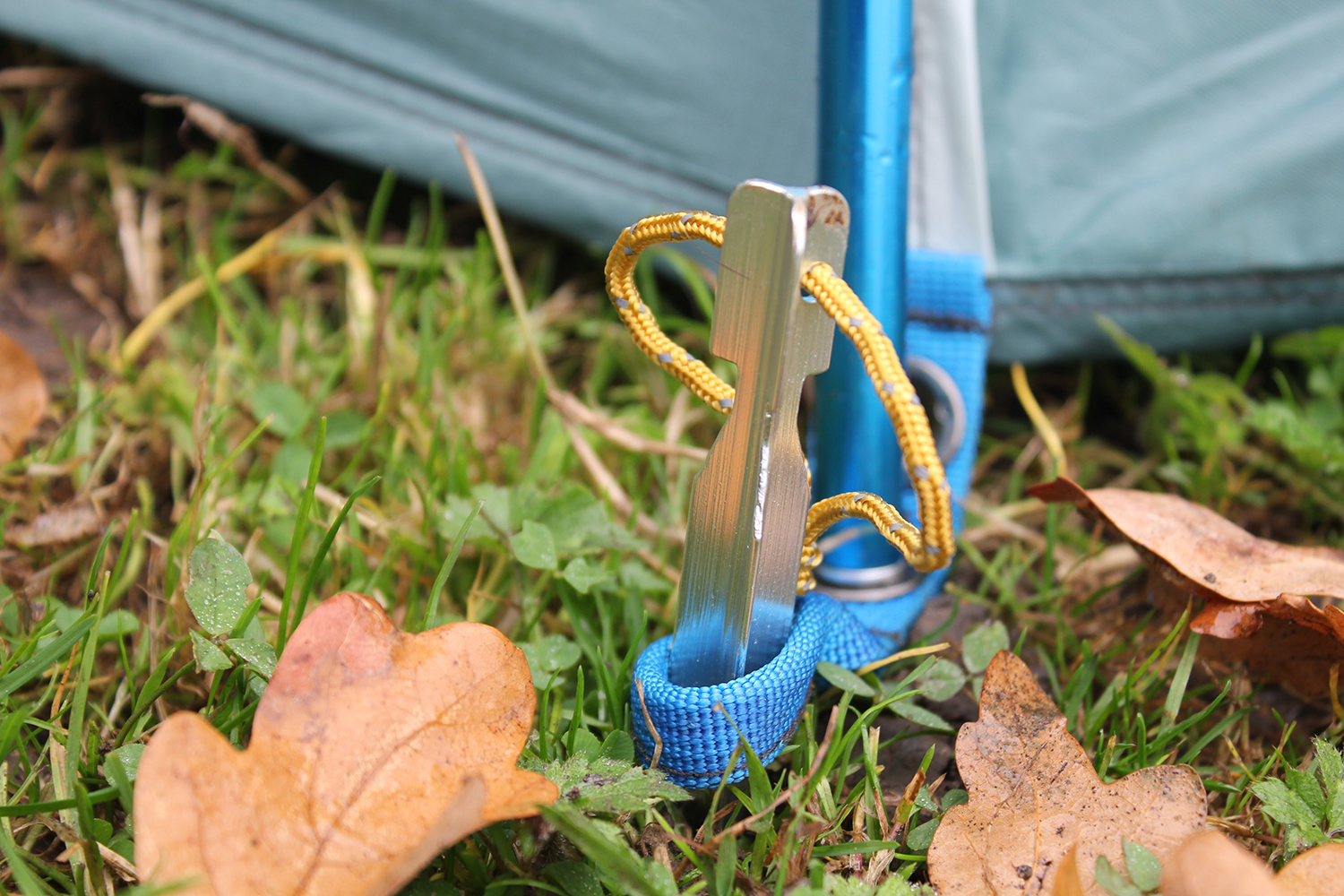
25. Check for your mallet, pegs & poles before you leave
Before you set off for your camping trip make sure that you’ve checked that the poles and tent pegs are inside your tent bag rather than just assuming they are! Also make sure you’ve got at least 1 mallet and a tent peg puller packed too.
26. Make sure you know how to pitch your tent before you get to the campsite
On a relaxed sunny afternoon pitching a new tent isn’t such a headache, but imagine getting stuck in traffic, arriving late and then the heavens opening…. frantically pitching your tent in bad weather with diminishing daylight is a drag, but even more so if you’re attempting to pitch a brand new tent for the first time. Have a test run in the back garden, watch a YouTube video or at least read the instructions on how to put up your new tent before you arrive on site.
cc:https://www.campingwithstyle.co.uk/camping-the-ultimate-list-of-camping-tips-camping-hacks-tips/




